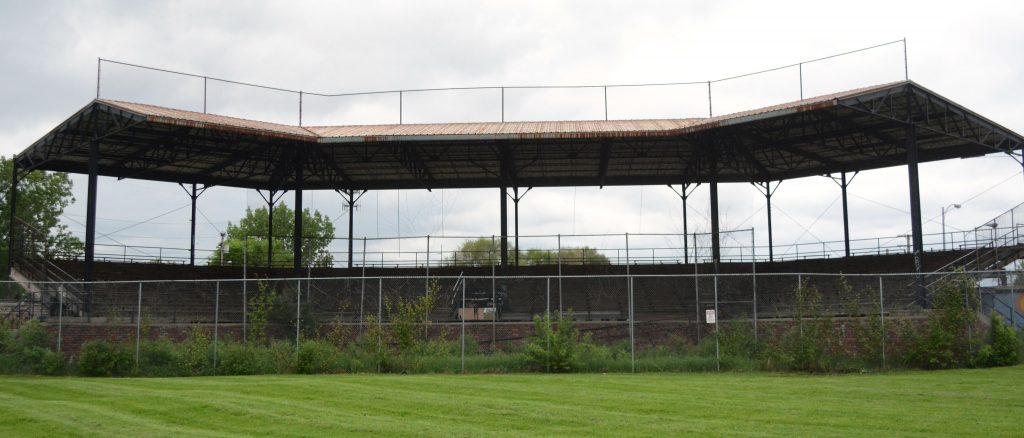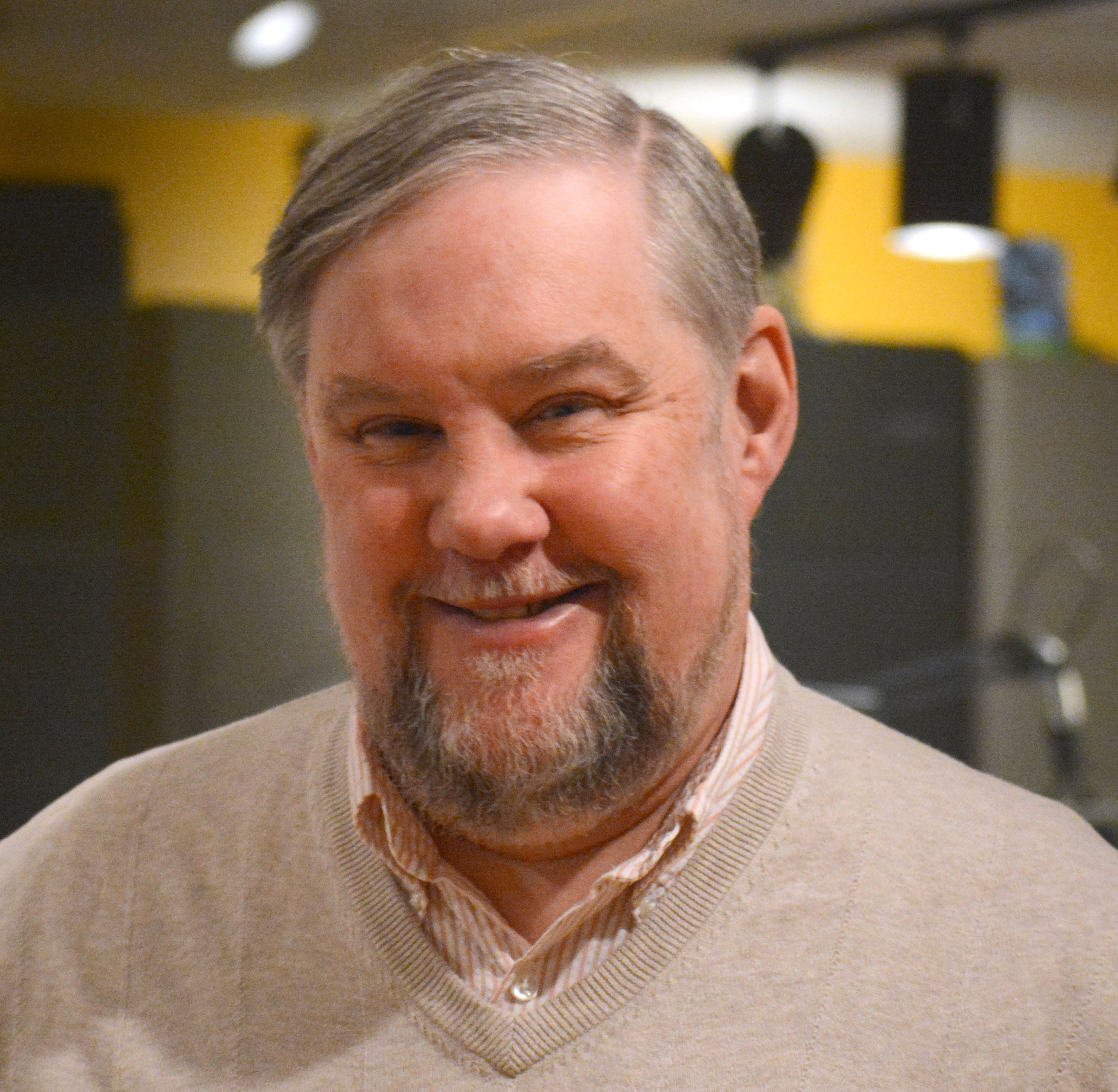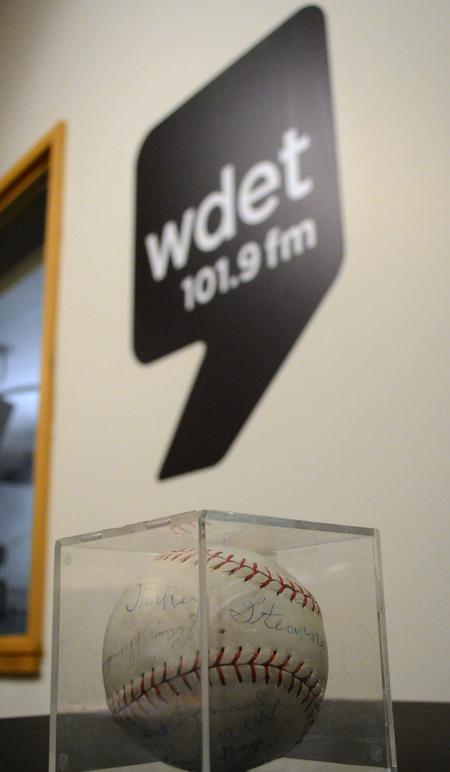Saving the Negro League Stadium in Hamtramck [Timeline]
Can the memory of the men who played baseball alongside Jim Crow be preserved?

Go back in time and see some of the history of Hamtramck Stadium in this interactive timeline.
Timeline by Michael Ference
WDET’s Sandra Svoboda meets with baseball author and historian, Gary Gillette, and Joyce Stearnes Thompson, the daughter of Negro League player Norman “Turkey” Stearnes, on Detroit Today, to discuss the future of Hamtramck Stadium and how Negro League baseball changed the face of Detroit sports.

Michael Ference
Some of the key points of the discussion:
- The legacy left behind. The Negro League’s golden era was from 1920 to 1950, a time when segregation was the norm. The legacy of the Negro League, as Joyce Stearnes Thompson says, is that they were “some of the greatest players ever to play the game.” To participate on the field, Thompson explains that African-American baseball players were required to bat at least .300. Many current Major League players wouldn’t make the cut, by that standard.
- Future restoration? Gary Gillette says that the preservation of Hamtramck Stadium is critical for preserving Detroit’s past, explaining that only four or five other Negro League stadiums in the nation are still standing. The Hamtramck Stadium, home to multiple Negro League teams, has been abandoned for over 20 years. But Gillette says that even though it is not maintained, visitors can still walk out onto the field and stand on the pitcher’s mound and in the batter’s box where Turkey Stearnes and other legendary Negro League players once did.
- Keeping the memory alive. Thompson urges the public to become supportive of the restoration to give these players the national recognition they deserved but never received in their lifetimes. Gillette says that even though Negro League players did not get a chance to play in the Major Leagues, they were not bitter but “idolized and respected in their communities.”
Here’s an album of photos from Hamtramck Stadium today.

Michael Ference
Hear the full conversation by clicking the audio link above.
